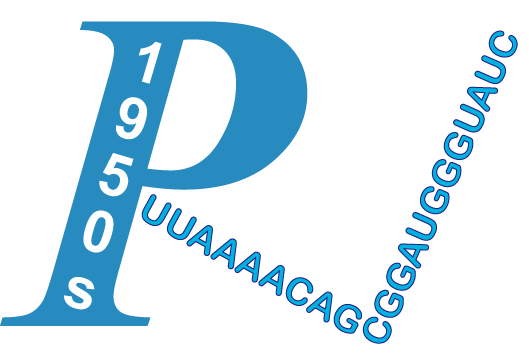| Title | Evolution of a common structural core in the internal ribosome entry sites of picornavirus. | ||
| Author | Le, S Y; Maizel, J V Jr | ||
| Journal | Virus Genes | Publication Year/Month | 1998 |
| PMID | 9562889 | PMCID | -N/A- |
| Affiliation | 1.Laboratory of Mathematical Biology, Division of Cancer Biology Diagnosis and Centers, National Cancer Institute, NIH, Frederick, Maryland 21702, USA. shuyun@fcrfv1.ncifcrf.gov. | ||
The translational control involving internal ribosome binding occurs in poliovirus (PV), human rhinoviruses (HRV), encephalomyocarditis virus (EMCV), foot-and-mouth disease virus (FMDV), and hepatitis A virus (HAV). Internal ribosome binding utilizes cis-acting genetic elements of approximately 450 nucleotides (nt) termed the internal ribosome entry sites (IRES) found in these picornaviral 5\'-untranslated region (5\'UTR). Although these IRES elements are quite different in their primary sequence, a similar folding structure with a conserved 3\' structural core exists in the IRES. Phylogenetic analysis and RNA folding of the 5\' UTR of picornaviruses, including PV types 1-3, coxsackievirus types A and B, swine vesicular disease virus, echoviruses, enteroviruses (human and bovine), HRV, HAV, EMCV, mengovirus, Theiler\'s murine encephalomyelitis viruses, FMDV, and equine rhinoviruses, indicates that the predicted conserved structural core is indeed a general structural feature for all members of the picornavirus family. The evolution of a common structural core likely occurred by the gradual addition or deletion of structural domains and elements to preserve a similar tertiary structure that facilitates the utilization of the IRES in specific host-cell environments.
